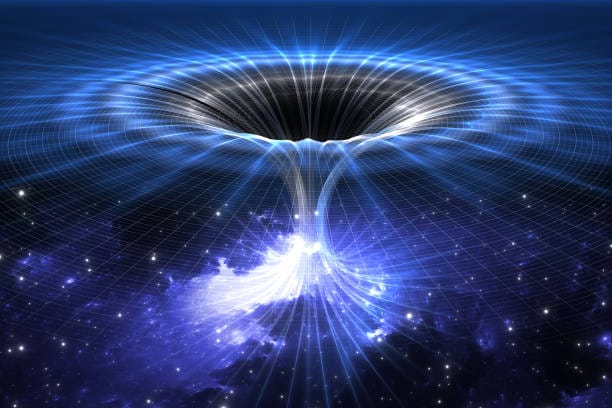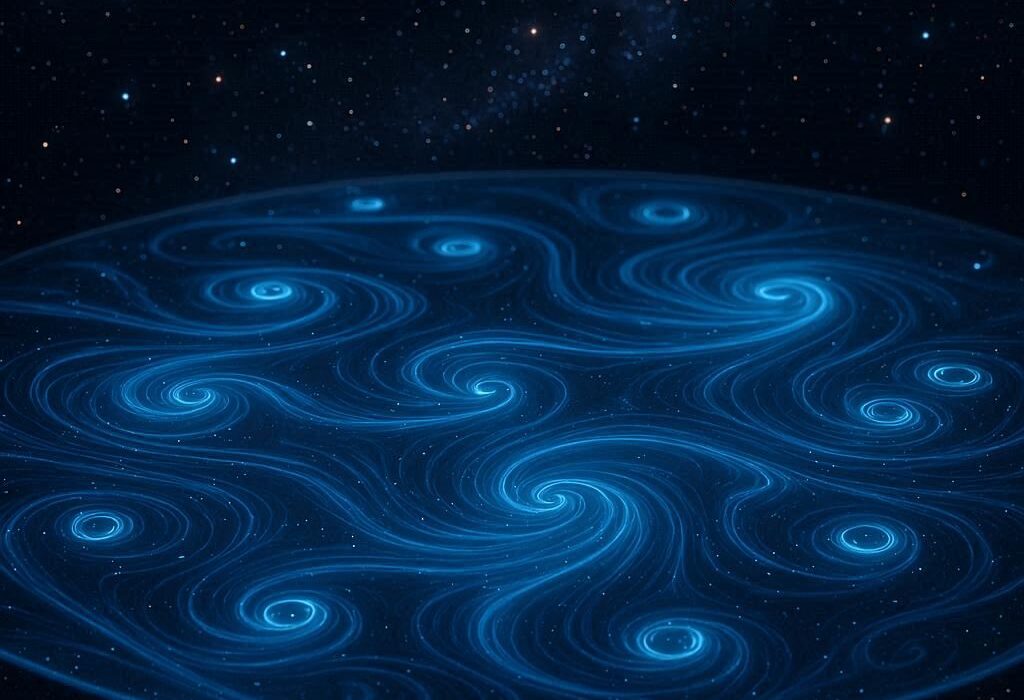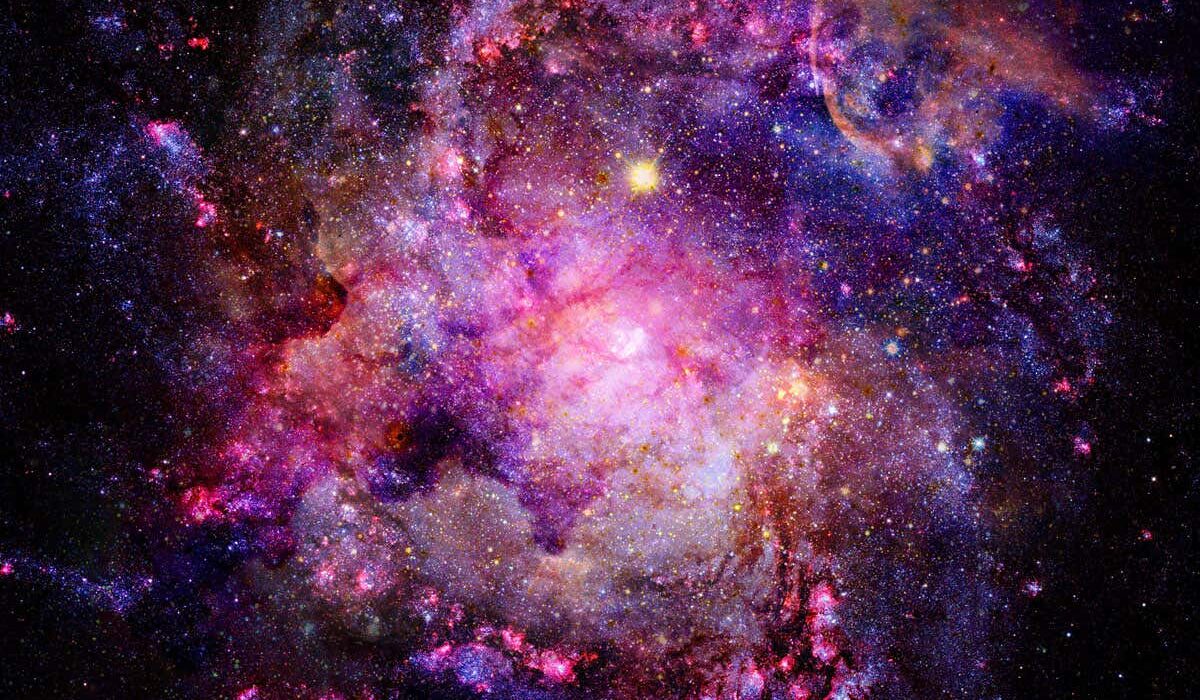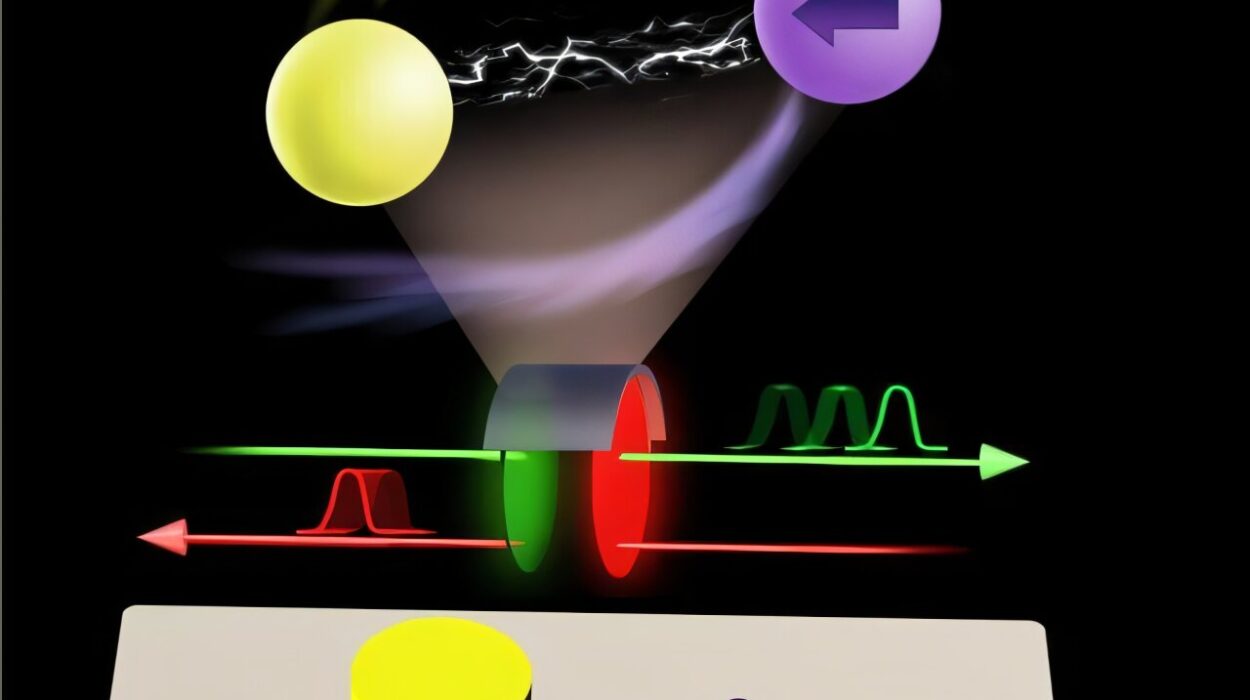Imagine standing beneath a tree on a quiet afternoon. A gentle breeze shakes the branches above you, and suddenly, an apple detaches and tumbles to the ground. This simple act, so ordinary and unremarkable, hides a profound truth: a universal force is at work, pulling the apple toward the Earth, binding moons to planets, planets to stars, and stars into galaxies. This force—gravity—rules the cosmos with silent authority, shaping the very structure of existence.
For millennia, humans wondered why objects fall, why the Moon never leaves the Earth’s side, and what keeps the stars and planets suspended in the sky without collapsing or flying apart. The story of how we came to understand gravity is not just a tale of physics—it is a journey of imagination, observation, and deep curiosity. From ancient philosophers gazing upward to modern scientists probing black holes, gravity has transformed from an invisible mystery into one of the most fundamental pillars of science.
Before Newton: Early Ideas About Falling Bodies
Long before Isaac Newton famously pondered a falling apple, great minds sought to explain motion and attraction. In ancient Greece, Aristotle believed heavier objects naturally moved toward the center of the universe—which he assumed was Earth—while lighter substances like fire rose upward. This notion persisted for nearly two thousand years, shaping how people understood the physical world.
Centuries later, Galileo Galilei challenged these ideas. Through experiments rolling balls down inclined planes and dropping objects from towers, he showed that all bodies, regardless of weight, fall at the same rate when air resistance is negligible. This revelation shattered long-held beliefs and laid crucial groundwork for Newton.
Galileo’s insight hinted that motion and falling were not guided by inherent tendencies but by forces acting upon them. Yet he did not fully explain what this force was or how it operated across vast distances. That mystery awaited a young thinker who would revolutionize science.
Newton’s Apple and the Birth of Universal Gravitation
The legend of Newton’s apple has been told countless times: in 1666, while sitting beneath a tree, Isaac Newton watched an apple fall and wondered why it descended straight to the ground rather than sideways or upward. Though the story has been embellished over centuries, it captures a real moment of inspiration. Newton began to imagine that the same force pulling the apple downward also reached far into space, tugging on the Moon and keeping it in orbit around Earth.
This radical idea blossomed into Newton’s law of universal gravitation. He proposed that every object in the universe attracts every other object with a force proportional to their masses and inversely proportional to the square of the distance between them. With a single equation, Newton united the motion of falling apples and orbiting planets under one cosmic principle.
This breakthrough was revolutionary. For the first time, humans understood that the heavens and Earth were not governed by separate rules. The force that guided a stone tossed into the air was the same force that bound planets to the Sun. Newton’s laws of motion and gravitation laid the foundation for classical physics, enabling predictions of celestial mechanics with astonishing accuracy.
Why Planets Orbit Instead of Falling Into the Sun
At first glance, it might seem puzzling why planets don’t simply spiral into the Sun under gravity’s pull. The answer lies in motion and balance. Imagine throwing a ball sideways on Earth. If you throw it hard enough, it travels farther before hitting the ground. Now picture throwing it so fast that, as it falls, the curvature of the Earth drops away beneath it at exactly the same rate. The ball would keep falling around the Earth without ever landing—a continuous orbit.
This is essentially what planets do around the Sun. They are in free fall, constantly pulled toward the Sun’s immense gravity, but their sideways velocity ensures they keep missing it. This delicate dance creates stable orbits, turning gravity into the cosmic choreographer of planetary motion.
Newton’s equations explained this perfectly, allowing astronomers to calculate planetary paths and even predict the return of comets. Gravity was no longer just a downward pull; it became the grand architect of cosmic harmony.
Tides, Moons, and the Reach of Gravity
Gravity’s influence extends far beyond keeping planets in place. It sculpts the behavior of moons, stars, and even oceans on Earth. The Moon’s gravity pulls on our planet, lifting water into bulges that create tides. The Sun’s gravity adds its own effect, combining with the Moon’s to produce spring and neap tides.
On a larger scale, gravity binds moons to planets and planets to stars. Jupiter’s immense gravitational field captures dozens of moons, while Saturn’s gravity shapes its intricate rings. Without gravity’s long reach, these celestial systems would unravel, and life as we know it could never have emerged.
Einstein’s Revolution: Gravity as Curved Space-Time
For over two centuries, Newton’s theory reigned supreme, explaining planetary motion and earthly mechanics with stunning success. Yet, by the early 20th century, cracks appeared in its foundation. Subtle anomalies in Mercury’s orbit and the puzzling constancy of light’s speed hinted that gravity’s true nature was even deeper than Newton imagined.
Albert Einstein redefined gravity with his General Theory of Relativity in 1915. According to Einstein, gravity is not a mysterious force acting at a distance. Instead, massive objects like stars and planets warp the fabric of space and time itself, creating curves that guide the motion of other objects.
Picture placing a heavy ball on a trampoline. The surface bends, and smaller balls rolling nearby spiral toward it. In the same way, the Sun bends space-time, causing planets to move along curved paths—what we perceive as orbits. Objects don’t fall toward each other because of an invisible tug; they follow the natural curves of the cosmic landscape.
This profound insight revolutionized physics. General Relativity explained Mercury’s orbit perfectly, predicted how light would bend around massive objects, and introduced concepts like black holes—regions where gravity warps space-time so intensely that nothing, not even light, can escape.
Gravity’s Role in the Cosmos
Gravity is more than just a terrestrial phenomenon—it is the architect of the universe. Without it, matter after the Big Bang would have drifted aimlessly through space, unable to form stars or galaxies. Gravity gathered clouds of hydrogen and helium, compressing them until nuclear fusion ignited, birthing the first stars. Over billions of years, gravity sculpted these stars into galaxies, clusters, and superclusters, weaving the vast cosmic web we observe today.
Even the ultimate fate of the universe depends on gravity’s battle with other forces, such as dark energy, which drives cosmic expansion. Whether the cosmos will expand forever, tear apart, or collapse back into a singular point rests on gravity’s unseen influence.
The Gravity We Feel Every Day
While cosmic gravity is awe-inspiring, the force we experience on Earth is equally fascinating. Our weight is simply gravity’s pull on our mass. It gives rise to phenomena we take for granted—objects falling, water flowing downhill, and the feeling of being grounded.
Gravity also determines how we build and move. Bridges, skyscrapers, and airplanes are designed with gravitational forces in mind. Sports rely on mastering its effects, whether launching a basketball in an arc or navigating a gymnast’s aerial twists. Even our biology has adapted to gravity; our muscles, bones, and balance systems evolved to thrive under its constant pull.
Microgravity and Life Without Weight
In space, far from Earth’s surface, astronauts experience microgravity. They appear weightless, floating effortlessly inside spacecraft. But gravity never truly disappears; they are actually in continuous free fall around Earth, just like the Moon. The sensation of weightlessness arises because everything inside the spacecraft falls at the same rate, creating an environment where gravity’s effects are less obvious.
Microgravity profoundly affects the human body. Bones lose density, muscles weaken, and fluids shift upward, changing physiology. Studying these effects not only helps us understand life in space but also reveals how deeply gravity shapes our biology.
The Mystery of Gravitational Waves
For most of history, gravity’s effects seemed instantaneous. But Einstein’s theory predicted something remarkable: ripples in space-time itself. When massive objects like black holes or neutron stars collide, they send gravitational waves radiating outward at the speed of light, stretching and compressing space as they pass.
In 2015, a century after Einstein’s prediction, scientists detected gravitational waves for the first time. Using incredibly sensitive instruments, they “heard” the faint echo of two black holes merging over a billion light-years away. This discovery opened a new window into the universe, allowing us to observe cosmic events invisible to traditional telescopes.
Gravitational waves confirm that gravity is dynamic, not static—a force capable of carrying energy across the cosmos, connecting us to cataclysms billions of years past.
Gravity and the Quantum Puzzle
Despite its successes, gravity remains an enigma at the smallest scales. Quantum mechanics, the theory governing subatomic particles, does not easily merge with Einstein’s relativity. Attempts to create a quantum theory of gravity have led to ideas like string theory and loop quantum gravity, proposing that space-time itself may have a discrete, fundamental structure.
Black holes and the Big Bang push our understanding to its limits, where quantum effects and gravity collide. Resolving this puzzle is one of the greatest quests in modern physics, promising insights into the true nature of reality.
Imagining a Universe Without Gravity
To grasp gravity’s significance, imagine a universe where it does not exist. Without gravity, matter could not clump together. No stars would ignite, no planets would form, and galaxies would never spiral into existence. Life, as we know it, could not emerge. The cosmos would be a cold, diffuse mist of particles drifting endlessly apart.
Even slight changes in gravity’s strength would radically alter existence. If gravity were weaker, stars might never ignite; if stronger, they could collapse rapidly into black holes. Our universe’s balance, delicate and precise, owes everything to gravity’s subtle, unwavering influence.
The Human Connection to Gravity
Beyond physics, gravity touches our imagination and emotions. Poets and philosophers have used it as a metaphor for love, destiny, and human bonds. To “gravitate” toward someone is to feel a pull as natural as the apple falling to Earth.
Artists have long explored gravity in sculpture and dance, challenging its limits through suspension and flight. In literature and film, defying gravity symbolizes freedom, from the soaring fantasies of Peter Pan to the technological triumph of space exploration.
Even our dreams defy gravity. Flying dreams reflect a deep desire to escape earthly bounds, to transcend the invisible chains that keep us grounded. Yet, paradoxically, gravity is also a source of comfort—a reminder that we belong to Earth, tethered to home by a force as old as time.
The Future of Gravity Research
As science advances, gravity continues to intrigue and challenge us. Missions to study black holes, dark matter, and gravitational waves promise to unravel more secrets. Experiments probing tiny deviations in gravity’s behavior may reveal hidden dimensions or new forces.
One of humanity’s boldest ambitions is to harness gravity for space travel. Concepts like gravitational slingshots already propel spacecraft to distant planets, while futuristic ideas imagine manipulating gravity fields to bend space-time for interstellar journeys.
Our exploration of gravity is far from over. With each discovery, we deepen our understanding of not only the cosmos but also our place within it.
The Eternal Dance of Apples and Planets
From a falling apple to the orbits of planets and the merging of black holes, gravity weaves a seamless story across scales and time. It is the unseen hand guiding cosmic ballet, the quiet sculptor shaping galaxies, and the force that grounds our every step.
Isaac Newton revealed its universal reach. Albert Einstein unveiled its geometric elegance. Modern science listens to its ripples across the universe. Yet, gravity retains a hint of mystery, a promise that deeper truths await discovery.
As we gaze upward at night or watch a fruit tumble from a branch, we are witnessing the same cosmic principle that governs the stars. The fall of an apple and the dance of planets are chapters of one universal story—a story written in the invisible language of gravity, binding us all to the grand fabric of the cosmos.






